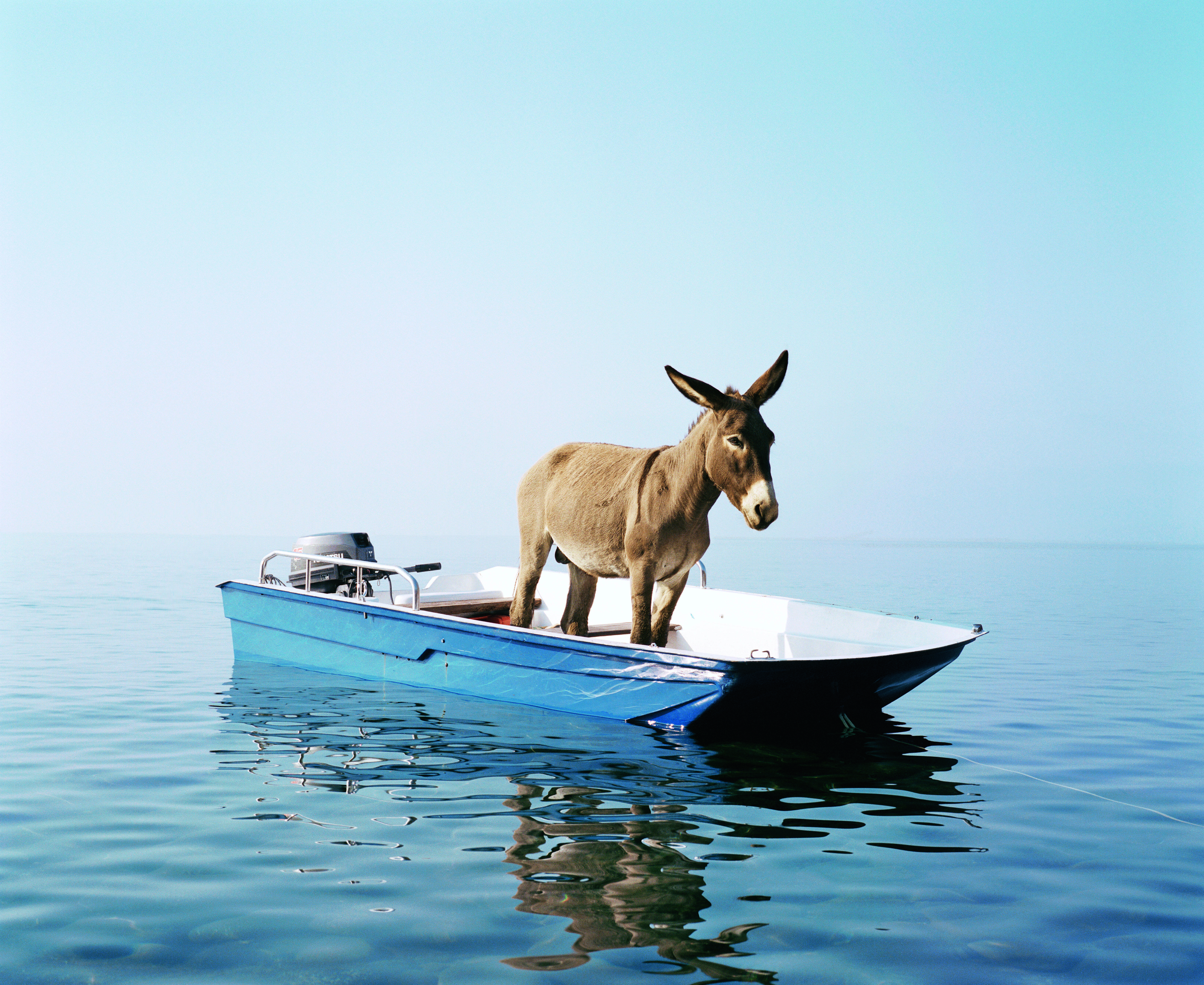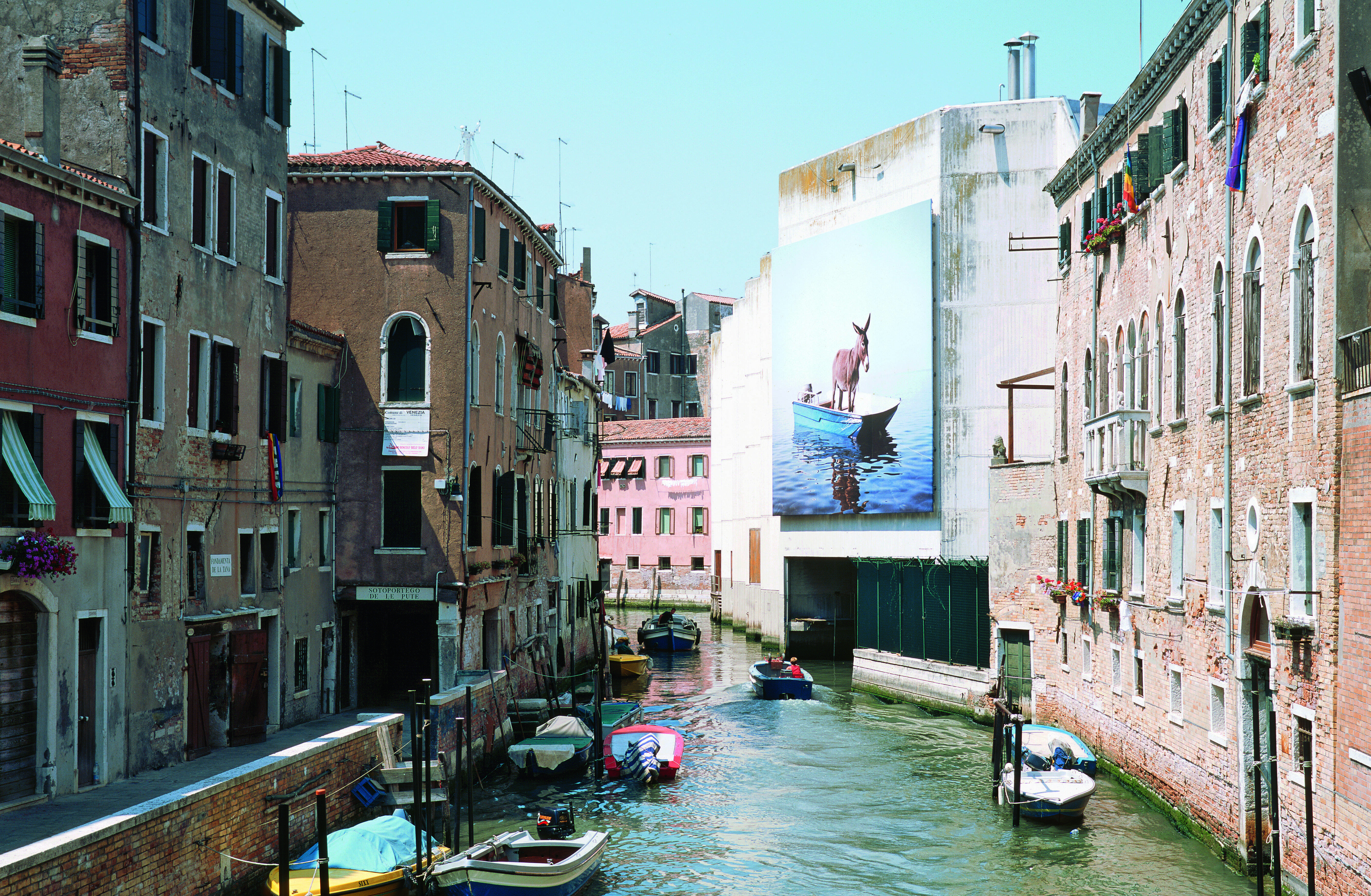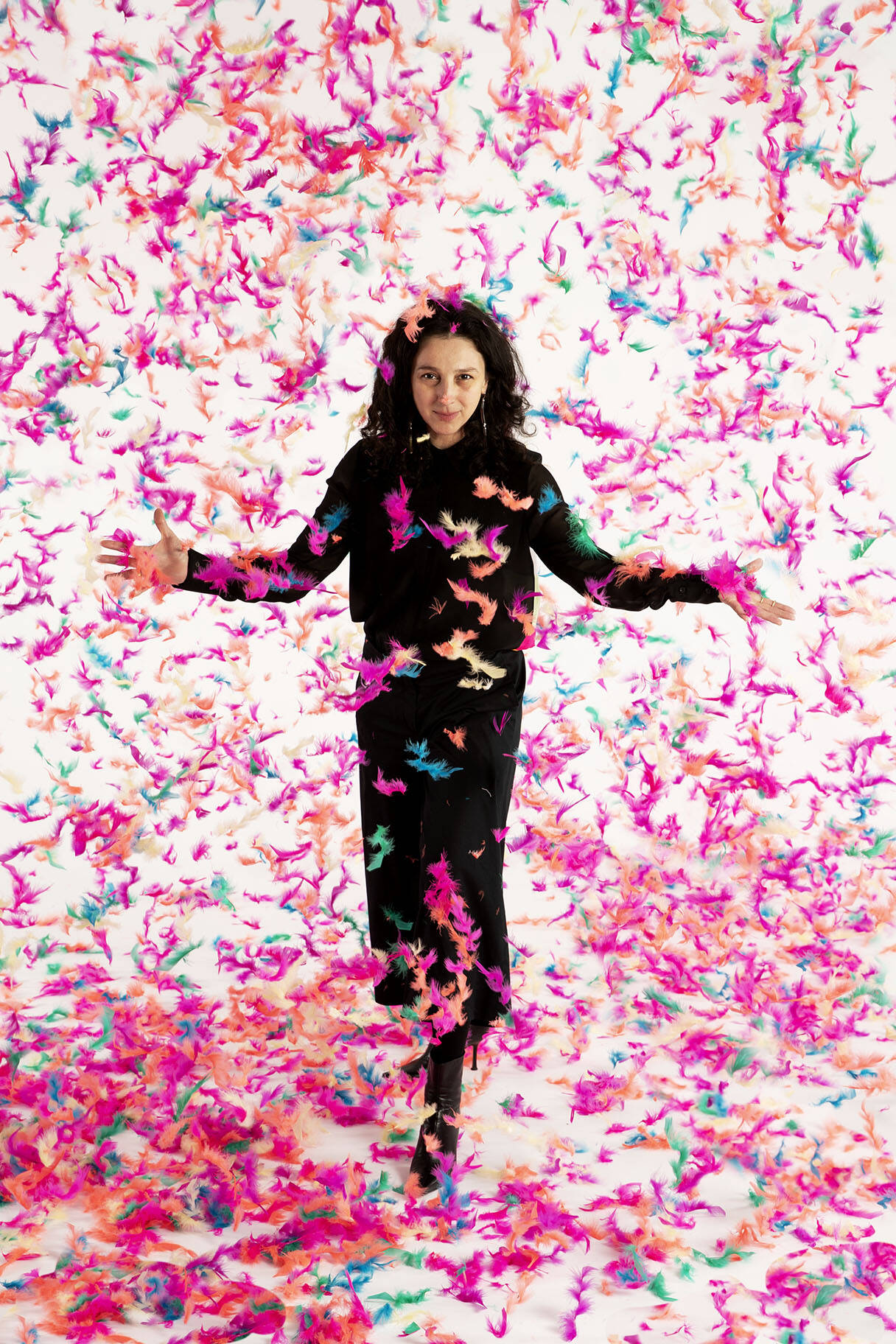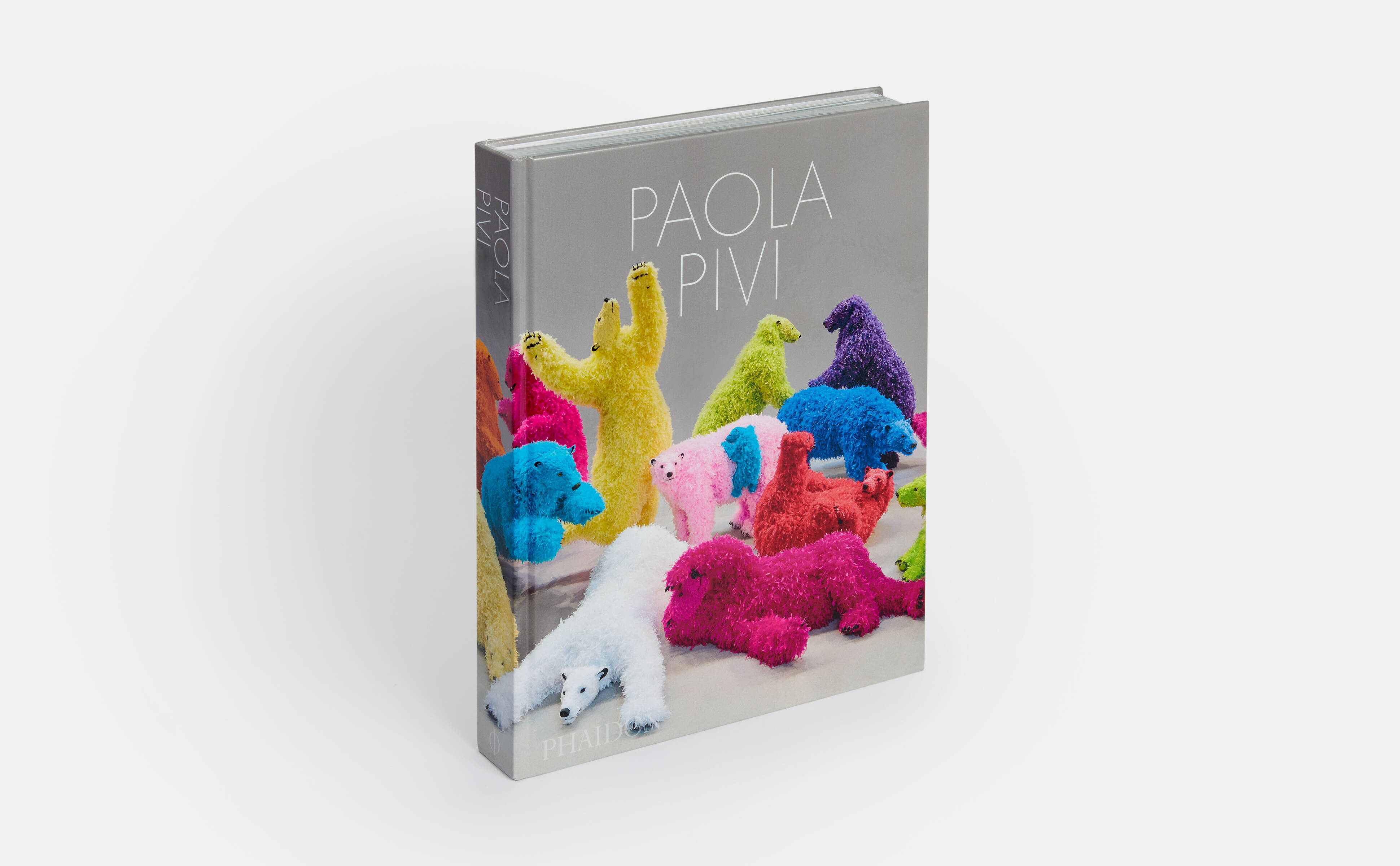
The surprising reality behind Paola Pivi’s boat bound Dada donkey
There's a fair amount of realism within the artist’s surrealist visions, as our new book reveals
Paola Pivi came to art relatively late in life. As she explains in our new monograph, she didn’t consciously engage with art until the mid 1990s, when she was 24. Prior to then her career trajectory had been quite different; she had been studying chemical nuclear engineering. What’s more, her route into the art world was unconventional. Rather than revelling in the wonders of the Renaissance, this Italian artist actually fell in love with Dada.
This unusual grounding has played out in her art. “Often driven by the selection of an unexpected option from countless possibilities, her practice is dedicated to finding and harnessing the raw potential energy of that selection” writes Justine Ludwig, the critic, curator and executive director of Creative Time, in our new book. “A sixteen-wheeler truck on its side, a lone donkey on a boat at sea, fish in belted fishbowls flying by chartered jet. Pivi’s artworks offer the perspective of a world turned on its side.”
That donkey remains one of Pivi’s best-loved works. Despite appearing to be a simple work of surrealism, this boat-bound beast of burden is actually not a wholly uncommon site in some parts of the world. You see, at the age of 29, Pivi spent some time living on the tiny Italian island of Alicudi. “It’s a rock in the sea off Sicily with just sixty-two people living on it,” she says in the book.

Paola Pivi, Untitled (donkey), 2003.
And, as Thierry Ollatm, director of Musée d'Art Contemporain de Marseille, writes in our book, “in this island community, there are no roads, only steps, so donkeys are used for transport. At times donkeys are brought from one side of the island to another by boat. Pivi re-enacted this surreal transit at dawn and had the image captured by photographer Hugo Glendinning.”
It wasn’t the first animal work Pivi conceived on Alicudi; one of the island’s fishermen was keen to establish an ostrich farm on the island and had brought over a pair from the mainland.
“When I saw these two ostriches in this strange environment I had the vision of two ostriches on a small boat,” the artist says in the book. “And that’s how animals entered into my art. As soon as this idea came to me, it was followed by the donkey on the boat.”

Paola Pivi. photograph by Guillaulme Ziccarelli. Courtesy the Artist
Other animal works followed. “It was like a cascade,” she goes on to explain. “I’m just picking everything from the world around and, for me, that’s a freedom. Maybe that could be Dada...it’s a freedom to use a truck or to use a jet or to use an ostrich or to use a donkey, and to use whatever I could lay my hands on.”

Paola Pivi
Pivi, who early in her life focussed on the fundamental, often strange, atomic nature of reality, seems to be viewing our world with a similar level of acuity. As Ludwig concludes, “It is a sincere absurdity rooted in a deep desire for discovery and the possibility of world-building. Pivi aims to make the unexpected real.”
To better understand this brilliant artist’s work, order a copy of our new Paola Pivi book here.